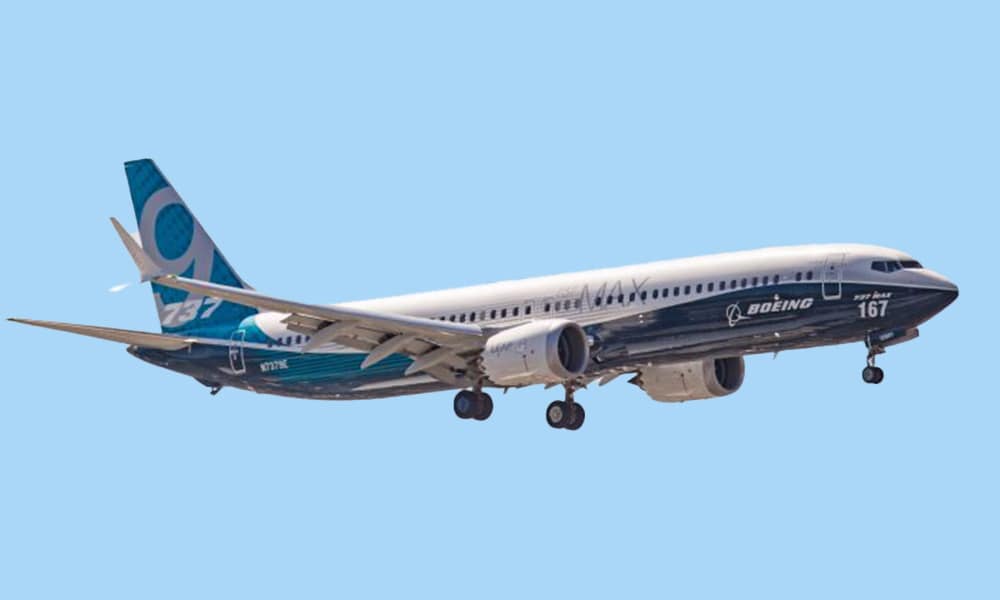In a significant development, Copa Airlines, based in Panama, announced the suspension of operations for its 21 Boeing 737 MAX9 aircraft. This decision follows an alarming incident involving a similar model operated by Alaska Airlines, which lost a window mid-flight.
The airline, through an official statement, clarified that the suspension aligns with the recommendations from the US Federal Aviation Administration (FAA). The FAA’s advice comes after the distressing occurrence on Alaska Airlines flight 1282, prompting Copa Airlines to subject its fleet to a thorough “technical review.”
Flight 1282 of Alaska Airlines, which departed from Portland in the northwest United States at 5:00 PM local time on Friday, faced an unexpected challenge shortly after takeoff. The FAA reported via social media that the aircraft had to make an abrupt return due to a “pressurization problem.” This issue became apparent after a window in the aircraft was lost mid-air.
Social media was quickly abuzz with images from the incident, showing a visibly broken window and oxygen masks deployed inside the cabin. These images underscored the severity of the situation faced by the passengers and crew on board.
In response to the incident, Copa Airlines has taken proactive measures. “Copa has initiated the required technical inspections and expects to return these aircraft to the flight schedule safely and reliably within the next 24 hours,” stated the airline. This swift action demonstrates Copa Airlines’ commitment to passenger safety and adherence to aviation regulations.
Meanwhile, Boeing, the American aircraft manufacturer, has taken to social media to address the incident. The company stated that it is actively gathering more information about what transpired on the Alaska Airlines flight. Additionally, Boeing has expressed its readiness to assist in the investigation, noting that a technical team is available to support the inquiry.
This incident brings to light the ongoing concerns regarding aviation safety and the rigorous standards required in aircraft maintenance and operation. As investigations proceed, further details are expected to emerge, potentially leading to more comprehensive safety protocols in the aviation industry.

